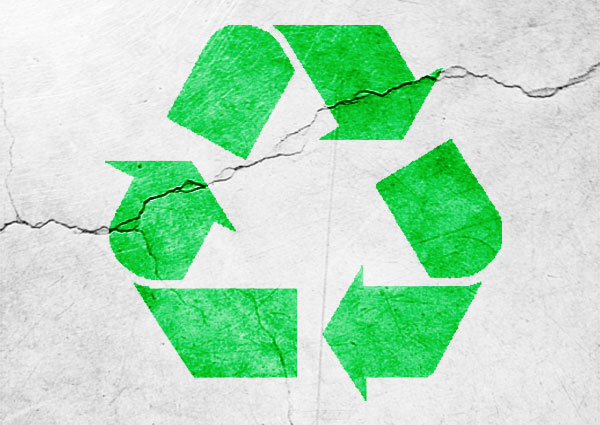
![]()
Yes, you read that correctly. An environmentally friendly concrete called green-mix concrete has been developed by scientists in Malaysia. Typically when building structures contractors have the choice to make when selecting which materials they want to use. These choices usually depend on factors such as cost of materials and performance for certain applications.
There is a growing interest in sustainable development in Malaysia and the Government of Malaysia has offered incentives to the construction industry to use environmentally friendly and sustainable resources. This has motivated the construction industry to use resources that minimally impact the environment.
In 2009, the green building index (GBI) was introduced by the Malaysian government to encourage the use of green technology for the construction of buildings. Reducing air pollution has also been a focus and concrete has an impact due to the amount of carbon emissions that come from cement and concrete production.
The use of green concrete has become popular in Malaysia and other countries in recent years. The concrete is innovative in that it can be made using waste materials as one of its components. Green concrete can also be made using different processes of production that do not negatively impact the environment. The materials used for green concrete must meet certain criteria. The criteria is that the materials should be sourced sustainable materials (aka “green materials”) instead of non-sustainable resources. Using recycled materials or waste materials is considered to be sustainable because they can prevent landfill use as well as lower costs.
In the project in Malaysia, researchers at Universiti Teknologi MARA came up with green-mix concrete that is made using conventional materials, but part is replaced with recycled materials and suitable waste to obtain acceptable performance, economics, and sustainability. Green concrete is actually made up of new raw materials, which mostly consists of fly ash, aluminum can fibers, and recycled concrete aggregates. Fly ash is a waste product from power plants powered by coal that is typically disposed of in ponds and is then sent to landfills. Research has shown that fly ash has the potential to replace cement, which impacts the environment due to pollution from cement plants. Crushed concrete can also be reused as aggregates to minimize waste produced from torn down structures and to lessen consumption of raw materials. Aluminum cans are used due to the ease of processing them into chops fibers and to reinforce the concrete.
A new concrete mix design, new raw materials, new knowledge of green concrete properties, and technical expertise are needed to produce the new green concrete. The new green concrete is not only environmentally friendly, it also is cost effective as a result of improved proportions of materials from the new concrete mix design. In an investigation done on the new concrete compared to normal concrete, the green concrete can attain up to 30% more in strength.
Overall, the green concrete was found to have the following benefits: it is designed for performance and strength for the duration of service-life of structures and buildings, it has a lower cement and carbon footprint per unit of concrete produced, and it has the potential to be commercialized by contractors and developers with an other option for concrete that is environmentally friendly, as well as in agreeance with the National Green Technology Policy.
